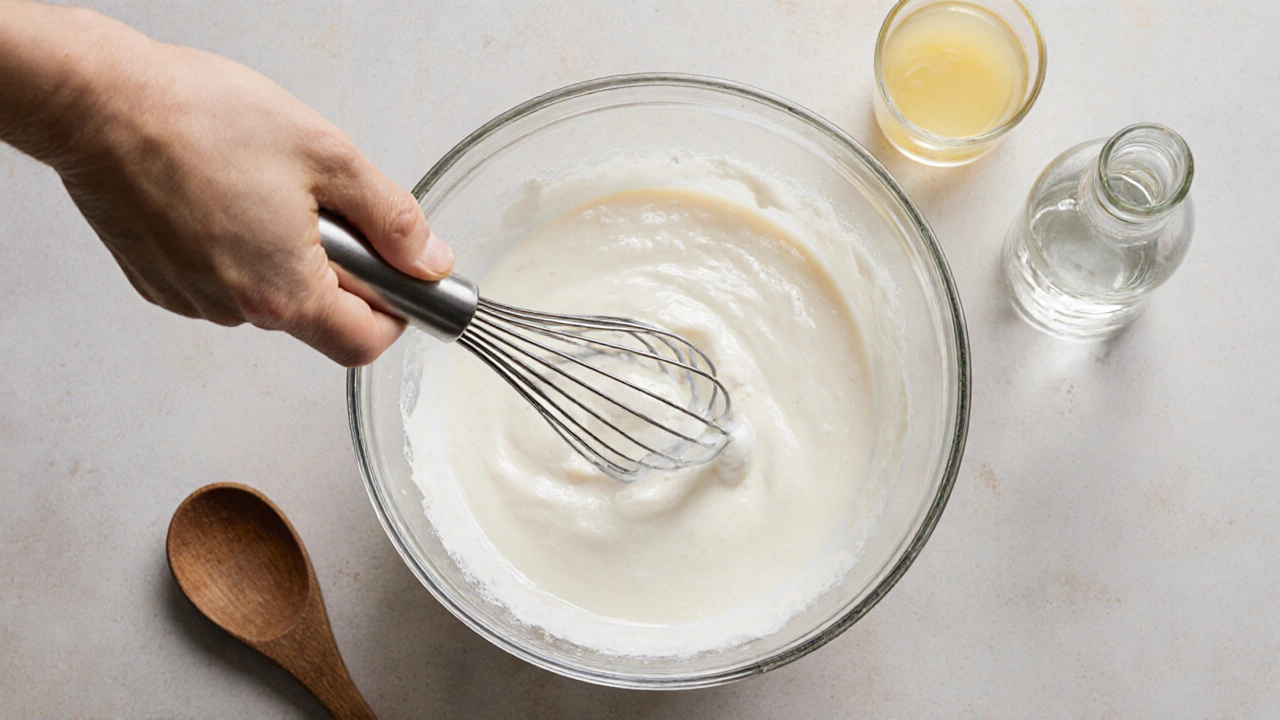
Ever wonder why some pavlovas turn out fluffy and crisp while others collapse into a soggy mess? The secret lies in the ingredients you choose and how they work together. Below you’ll discover every component that builds the iconic meringue base, why each matters, and how to tweak them for your favorite variations.
What is Pavlova?
Pavlova is a dessert that originated in New Zealand and Australia, featuring a crisp‑shaded meringue shell topped with soft marshmallow‑like interior, whipped cream, and fresh fruit. Its name honors the Russian ballerina Anna Pavlova, whose light, airy performances inspired the dessert’s delicate texture. While the concept is simple - beaten egg whites sweetened and baked - the balance of ingredients makes all the difference.
Core Ingredients and Their Roles
- Egg whites provide the protein structure that traps air when beaten into a stiff peak, forming the meringue’s backbone.
- Caster sugar acts as the sweetener and stabilizer; its fine grains dissolve completely, preventing a gritty texture.
- Cornstarch absorbs moisture inside the meringue, keeping the centre soft while the exterior crisps.
- White vinegar adds a touch of acidity that strengthens the protein network, reducing the risk of collapse.
- Lemon juice provides a bright flavor note and further acidifies the mixture, enhancing stability.
- Whipped cream offers a rich, velvety topping that complements the light meringue.
- Fresh fruit adds color, juiciness, and natural sweetness - classic choices include kiwi, strawberries, and passion fruit.
Classic Ingredient Ratios (The Proven Formula)
| Ingredient | Weight (grams) | Function |
|---|---|---|
| Egg whites | 120 g (≈ 4 large) | Structure & air |
| Caster sugar | 250 g | Sweetening & stability |
| Cornstarch | 15 g (1 Tbsp) | Moisture control |
| White vinegar | 5 ml (1 tsp) | Acidic stabilizer |
| Lemon juice | 5 ml (1 tsp) | Flavor lift & extra acid |
Sticking close to these weights yields a shell that cracks on the edges, stays marshmallow‑soft inside, and holds its shape long enough for toppings.
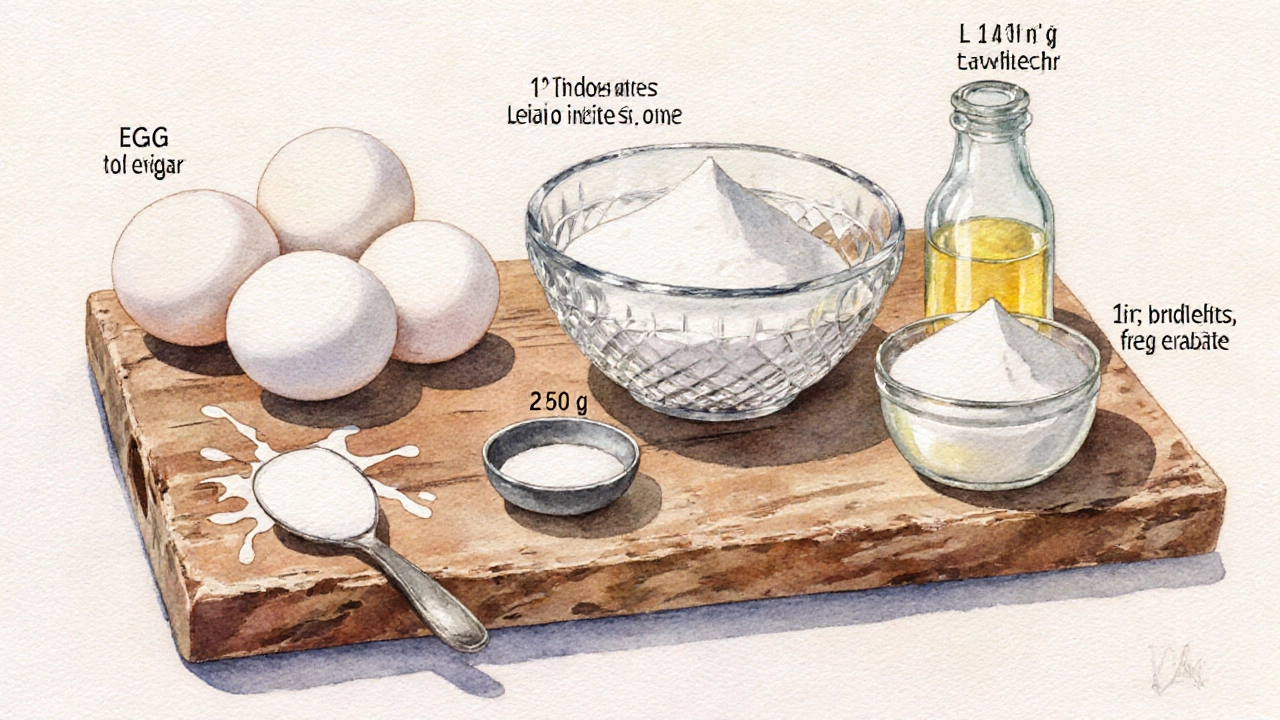
How Each Ingredient Impacts Texture
- Egg whites: Over‑beating creates a dry, brittle meringue; under‑beating leaves insufficient air, resulting in a dense base.
- Caster sugar: Adding sugar gradually while the whites are at medium speed ensures it dissolves fully. If you use granulated sugar, the grain may remain, creating a crunchy bite.
- Cornstarch: Too much cornstarch can make the centre gummy. The classic 1 Tbsp per 4 egg whites is a sweet spot.
- Vinegar & Lemon juice: Both acids lower the pH to around 3.5, which tightens the protein matrix. Skipping them often leads to a cracked interior.
Popular Variations and Ingredient Tweaks
If you crave a twist, you can swap or add a few items without breaking the core structure.
- Chocolate Pavlova: Replace 20 g of caster sugar with cocoa powder and add 10 g melted dark chocolate. The cocoa adds richness while the base remains airy.
- Fruit‑Infused: Mix a tablespoon of pureed passion fruit into the meringue before baking. The extra acidity strengthens the foam, but reduce the lemon juice by half.
- Gluten‑free topping: Use almond flour crumble atop the whipped cream for a crunchy contrast - no impact on the meringue itself.

Tips for a Foolproof Pavlova
- Use a clean, grease‑free bowl. Any fat will deflate the whites.
- Separate eggs while cold; then let the whites come to room temperature before whipping.
- Gradually sprinkle sugar, waiting until the mixture feels smooth when rubbed between fingers.
- Fold in cornstarch, vinegar, and lemon juice with a spatula - avoid over‑mixing.
- Bake at a low temperature (120 °C / 250 °F) for 1 hour, then turn the oven off and let the meringue cool inside. This slow cooling prevents cracks.
- When adding whipped cream, do so just before serving; the cream’s moisture can soften the shell if left too long.
Quick Takeaways
- Four essential ingredients: egg whites, caster sugar, cornstarch, and a dash of acid (vinegar or lemon).
- Maintain a 1:2.1 ratio of egg whites to sugar for ideal stability.
- Low‑heat baking and gradual cooling are key to a crisp exterior and soft centre.
- Variations work best when they respect the acid‑sugar balance.
- Serve immediately with lightly sweetened whipped cream and fresh fruit for the classic experience.
Frequently Asked Questions
Can I use regular granulated sugar?
Granulated sugar can work, but you must grind it into a fine powder or dissolve it longer while beating. Otherwise you’ll feel a grainy crunch in the final meringue.
Why does my pavlova crack on the bottom?
Cracking often means the oven temperature was too high or the meringue cooled too quickly. Bake low and let it sit in the turned‑off oven until room temperature.
Is it okay to add a pinch of salt?
A tiny pinch (less than 1 g) can enhance the sweetness and help the proteins set, but avoid over‑salting - it quickly becomes noticeable.
Can I freeze a baked pavlova?
Freeze the shell after it’s completely cooled, wrapped tightly in foil. Thaw at room temperature and re‑top with fresh cream and fruit right before serving.
What fruit pairs best with pavlova?
Kiwi adds a tangy green note, strawberries bring sweetness, and passion fruit offers a tropical zing. Mix two or three for visual appeal and flavor contrast.
With the right ingredients and a few technique tricks, you can nail a pavlova that looks as good as it tastes. Grab the basics, follow the steps, and experiment with toppings - the dessert world is yours to explore.


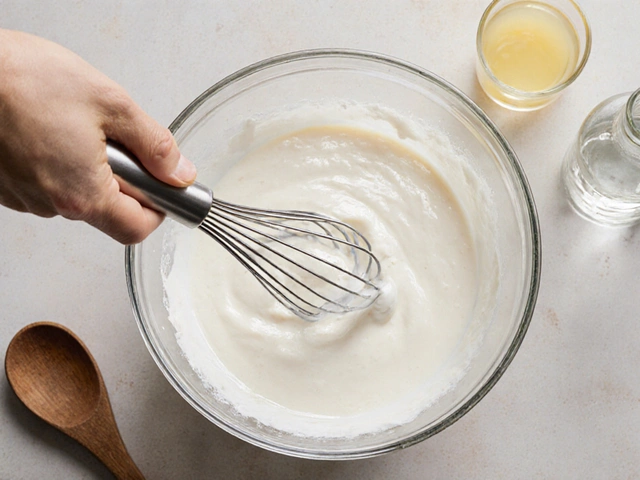
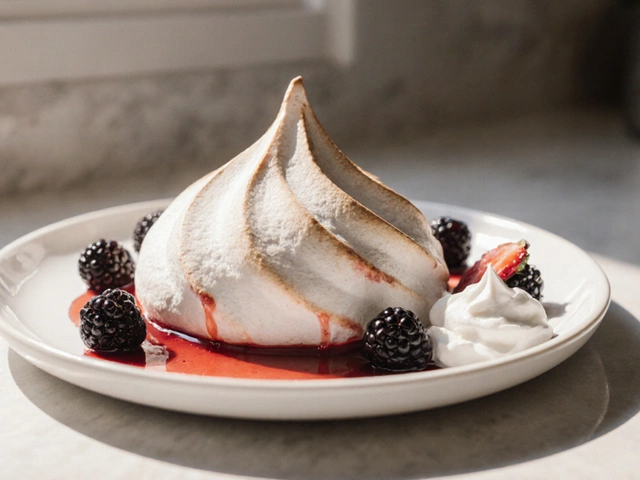
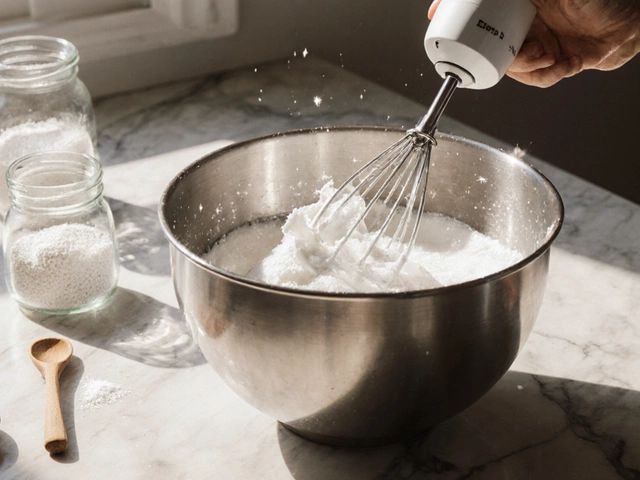
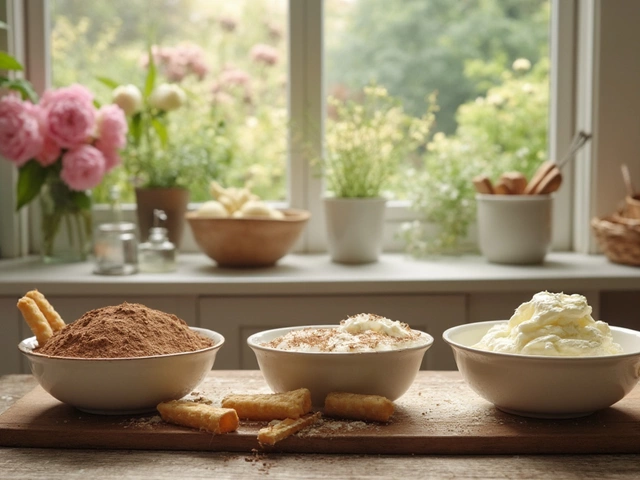
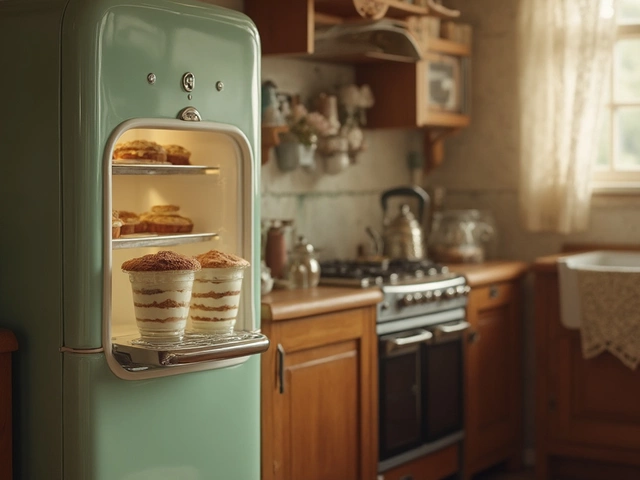
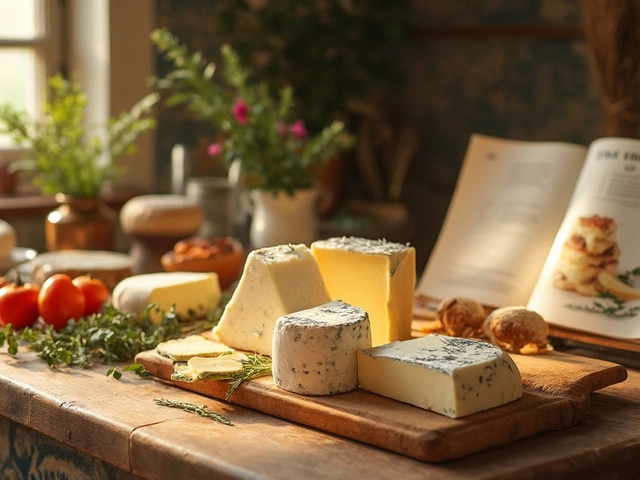
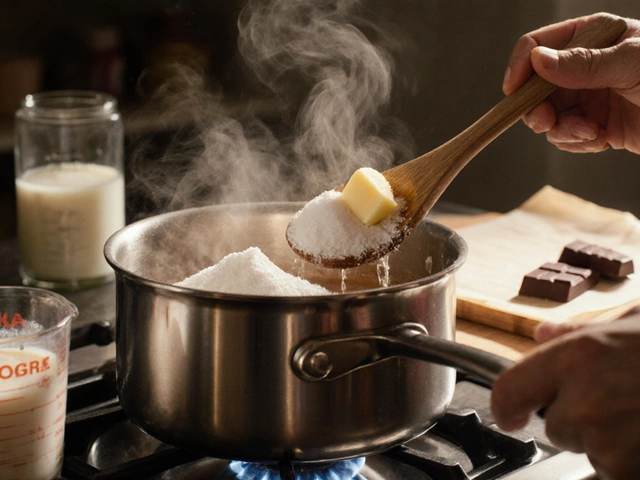
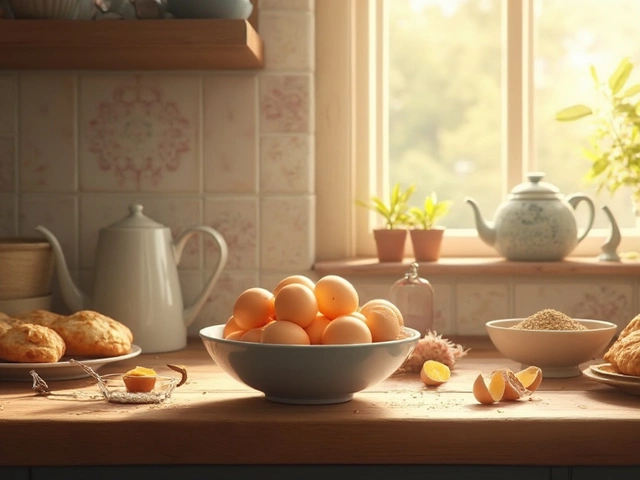

Write a comment